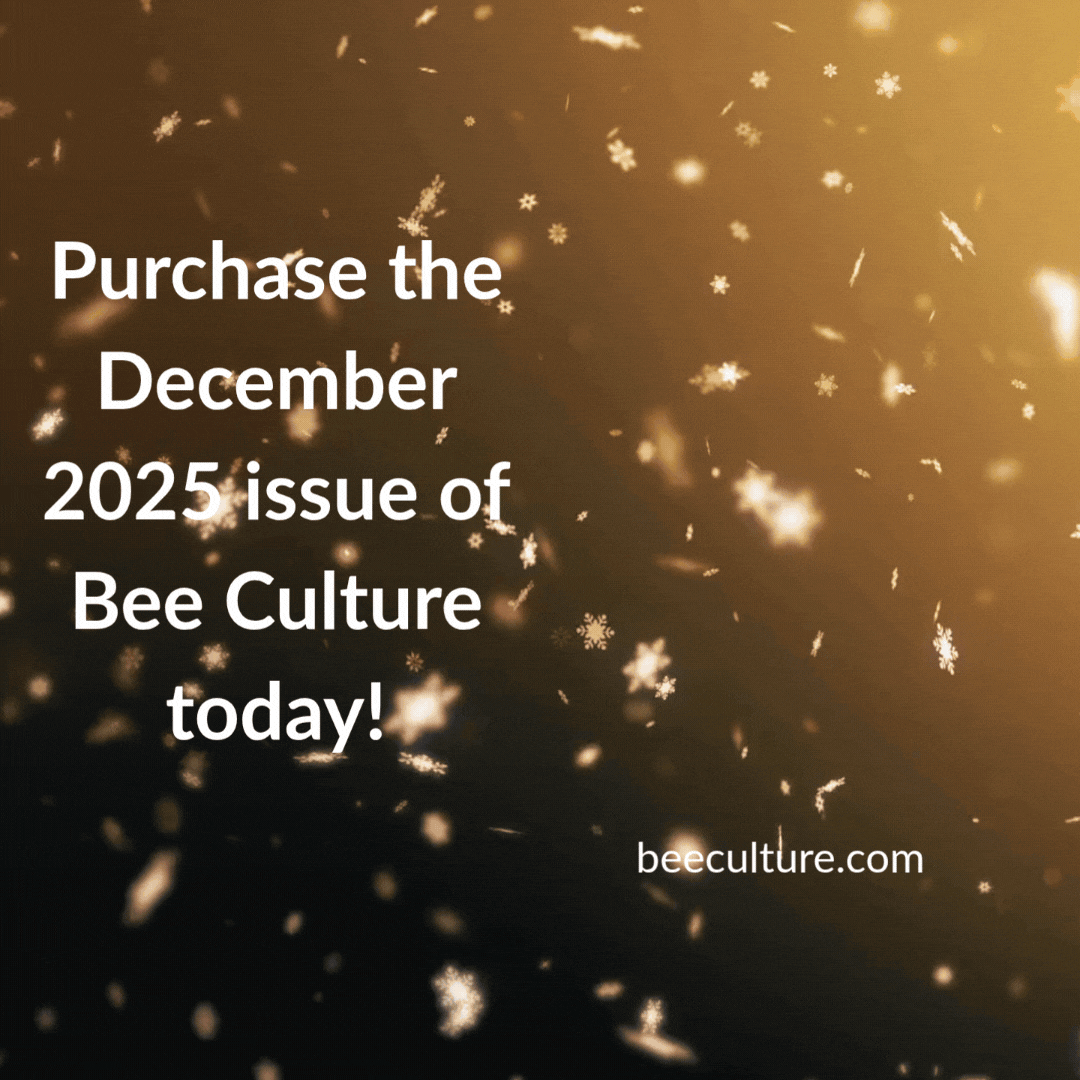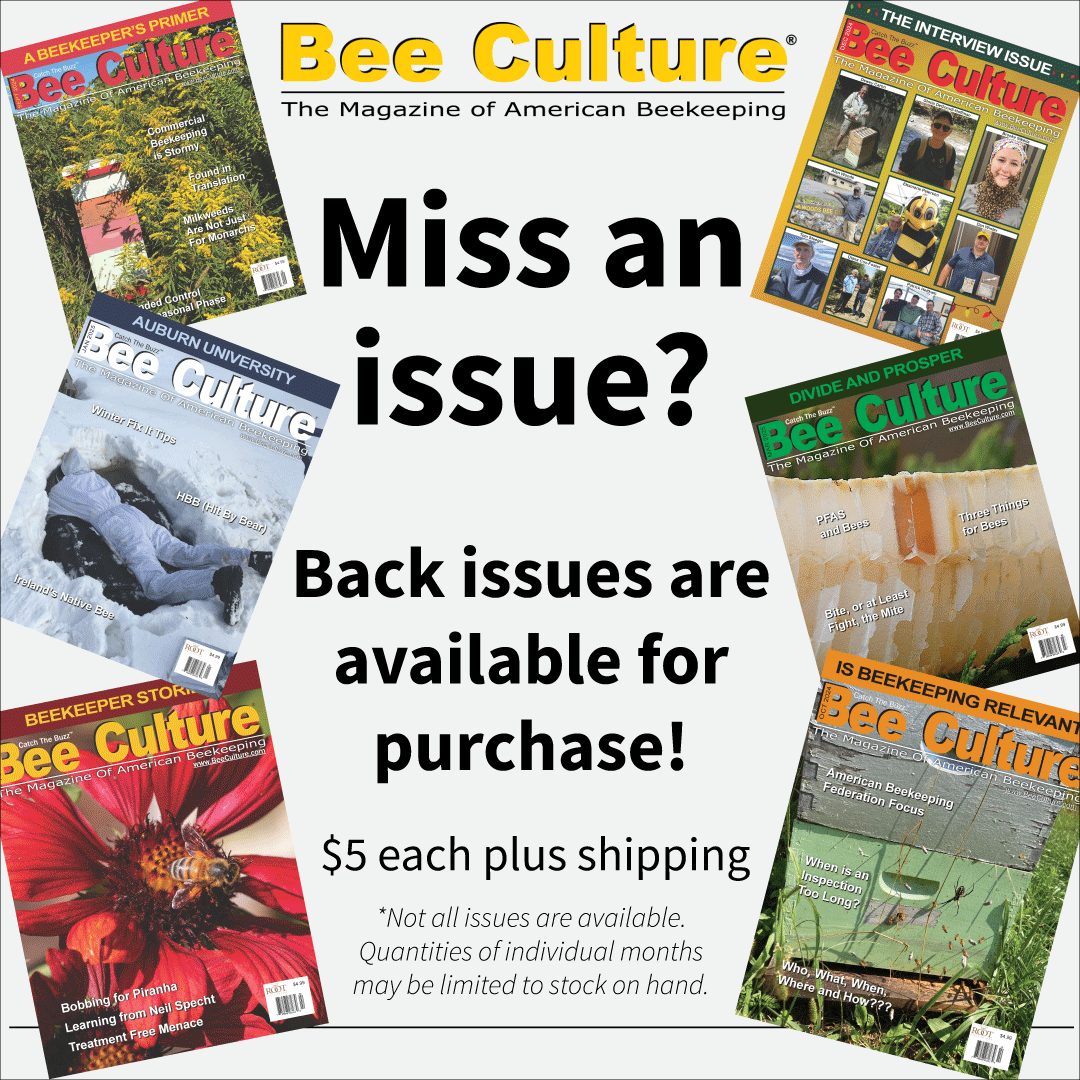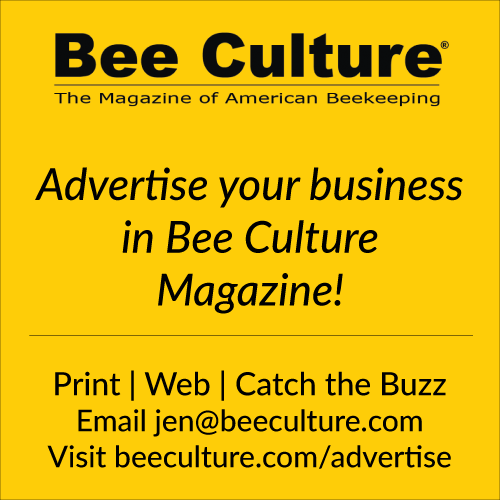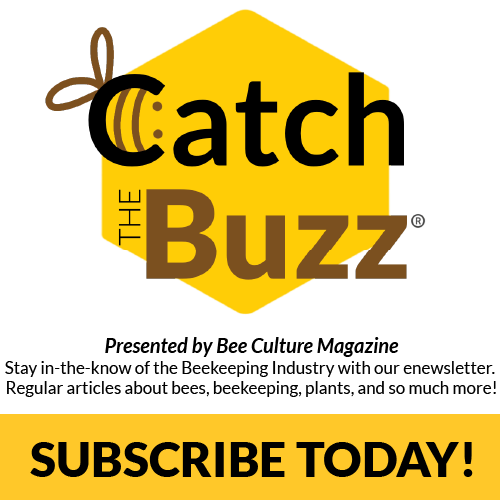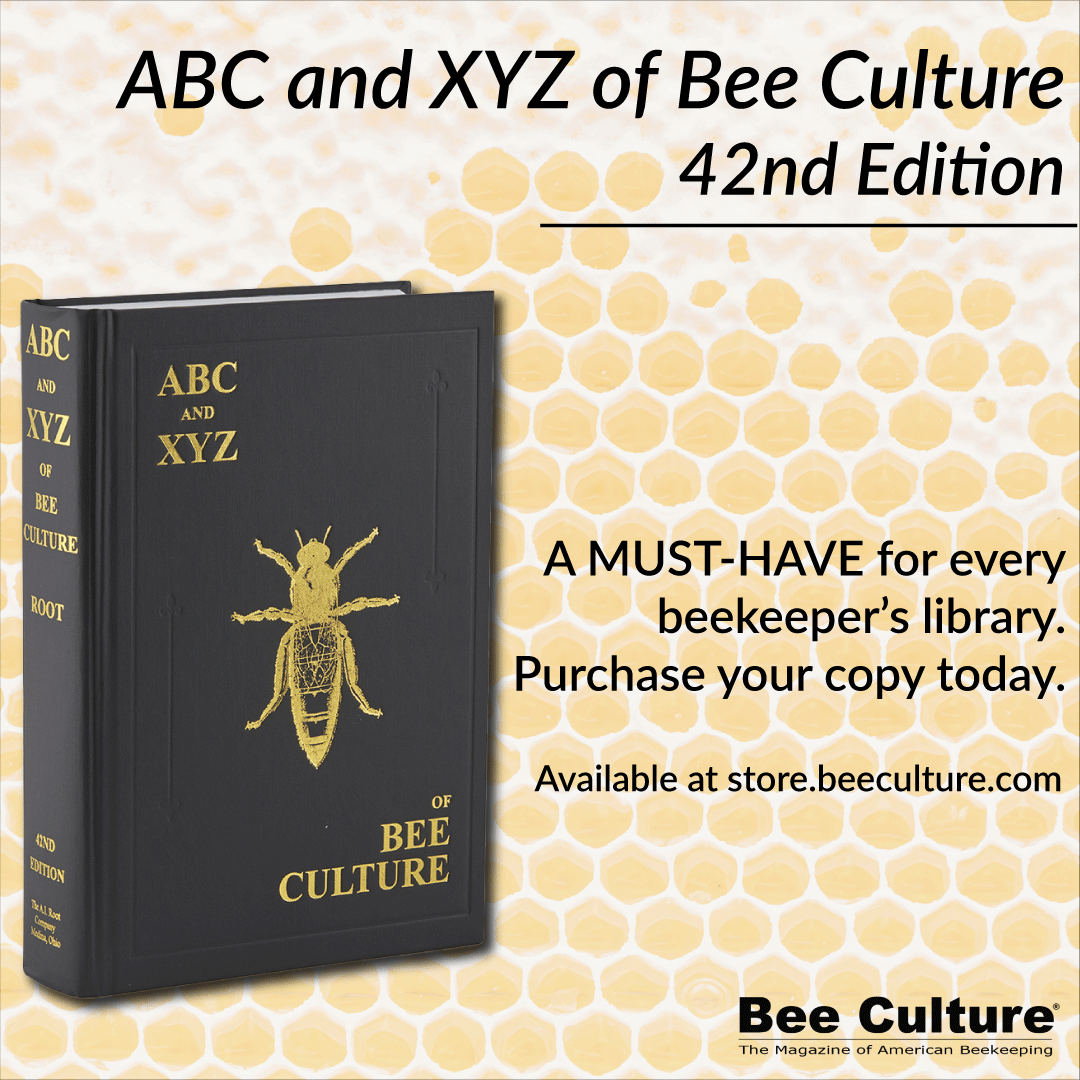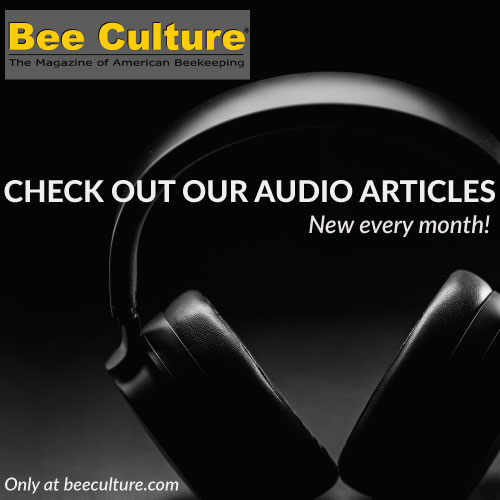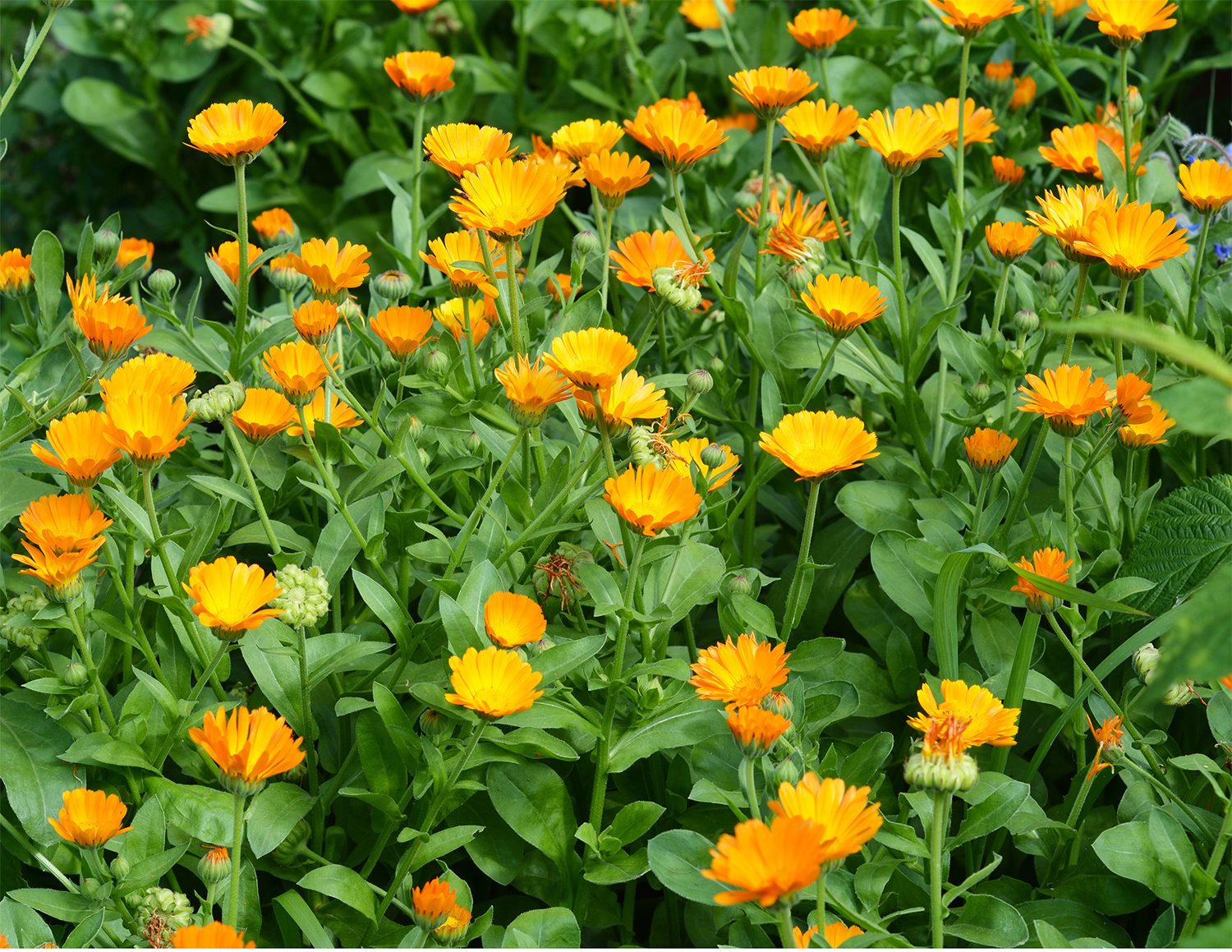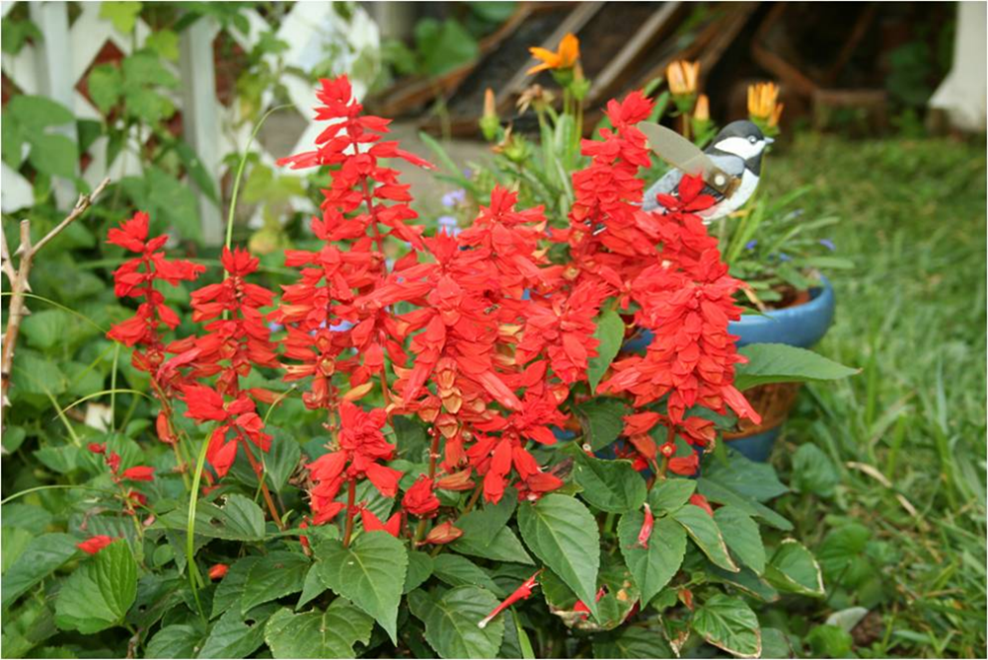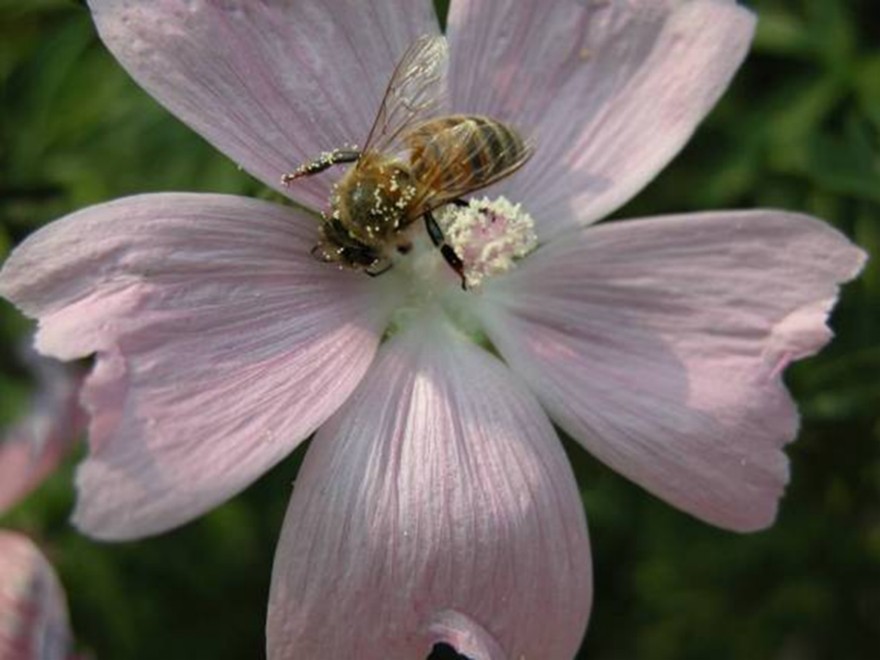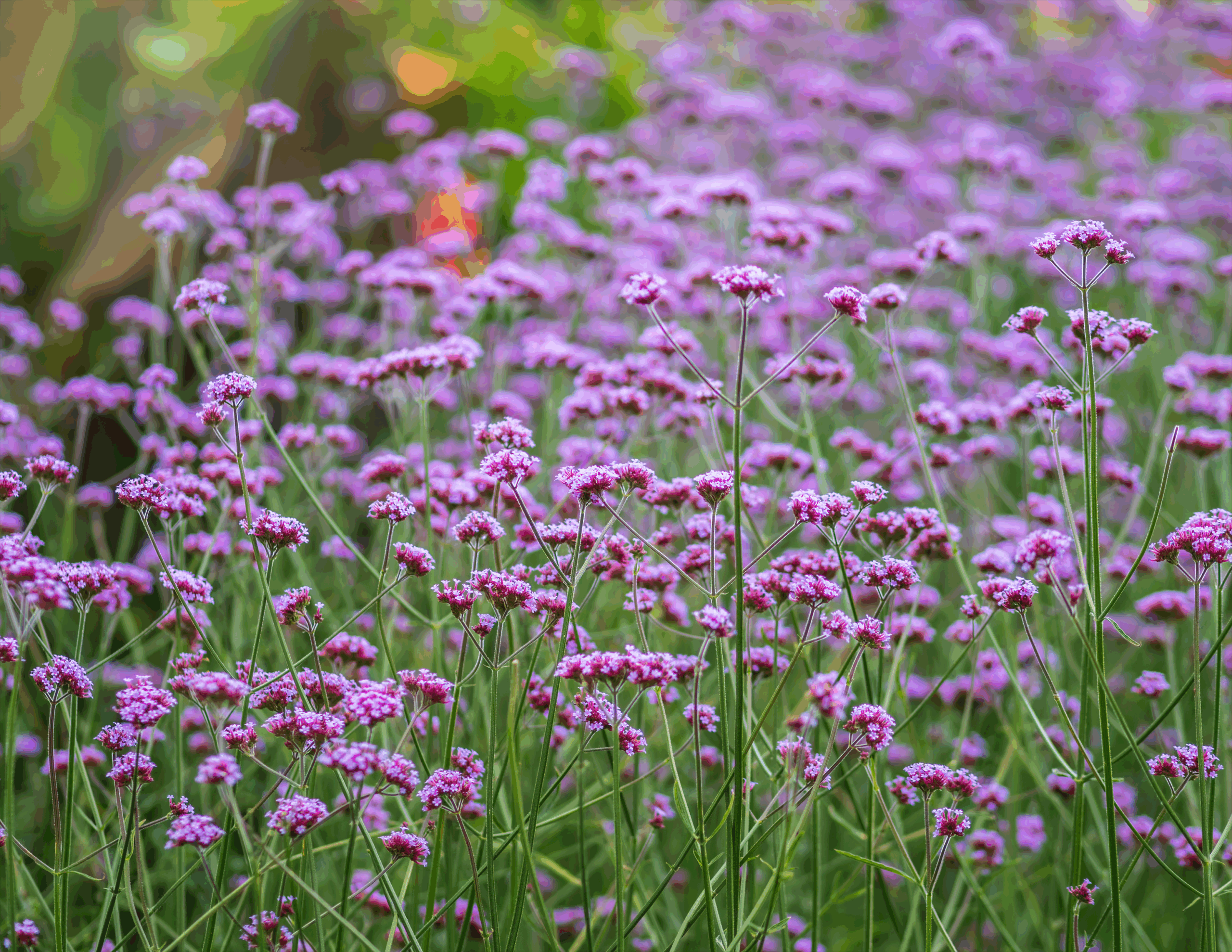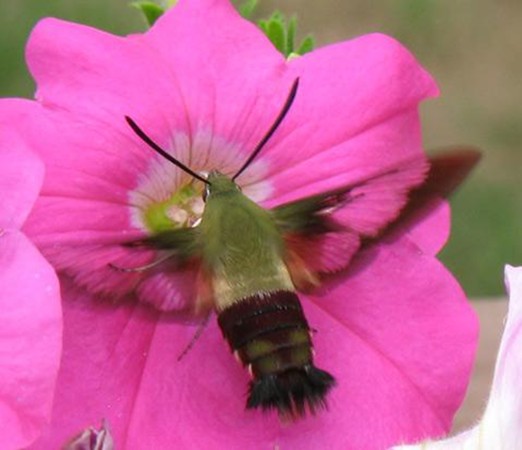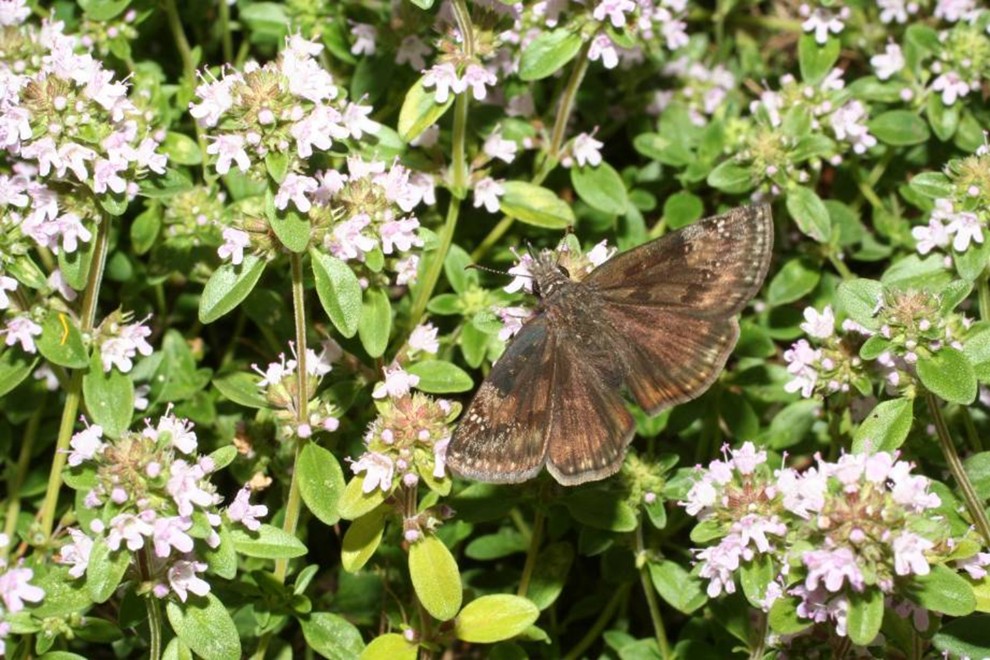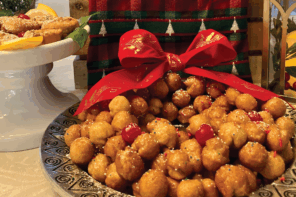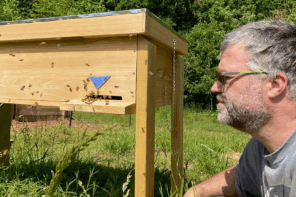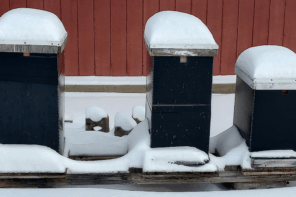Alyssum Flowers
Summer heat and drought can pay a toll on perennials and the annuals planted in Spring. Soon the lush greenery and bright colors fade to tired, dry browns. This is an excellent time to visit your local nurseries and greenhouses to adopt heat-tolerant Summer annuals that will also provide nectar and/or pollen for hungry pollinators.
These annuals can be plugged into barren areas where the plants had faded or planted into colorful pots for highlight. To maximize attraction to pollinators, clump similar colors together. Place white and pastel colors in shaded areas, then spot bright colors where they show best.
One bright addition is Pot marigolds, or Calendulas, Calendula officinalis which bloom from June through September. Honey bees, bumblebees, native bees as well as butterflies and other pollinators love this yellow-gold bloomer.
Annual sage varieties are hardy drought tolerant plants with flowers on spikes in tones of blues, violets, pinks and white. They blend well with any color combination. Scarlet sage, Salvia coccinea grows to be 30 inches tall with deep red tubular shaped flowers and dark green, heart shaped leaves toward the base of the plant. Bumblebees, hummingbirds, hummingbird moths and other moths visit these cheerful additions. Salvia viridis, commonly known as Clary Sage or Painted Sage, boast colorful bracts along the stems in shades of pink, blue, purple, and white. It grows about 1 to 3 feet tall, and spreads 1 to 2 feet wide. This unique compact annual has aromatic leaves and provides interesting texture in the garden. The small tubular flowers attract native bees.
Salvia splendens is commonly found in nurseries with brightly colored spikes of brilliant red, blue, purple and white, and fills spaces about a foot tall and wide. Like other salvias, it tolerates sun, heat and dry soils, and with some deadheading, will flower continuously until frost. Bees, butterflies and hummingbirds love this annual.
Purpletop Vervain (Verbena bonariensis) is harder to find but worth pursuing. This 4- 5-foot-tall species is also called “verbena on a stick” because the clusters of deep purple petals sit atop a tall, square stem that sways in the slightest breeze. Although considered to be an annual in northern climates, it often self-seeds. It is drought tolerant and will bloom until late Fall. As with other annuals, remove spent flowers to encourage more blooms. The honey bees and other pollinators will thank you!
Although mints can grow beyond their boundaries, they are loved by honey bees. Let thyme, oregano, basil and edible cultivars of sage bloom, then prune to keep the plants vigorous.
Zinnias, cosmos, cleome and sunflowers also add color and support pollinators but are difficult to find potted during the Summer. Fortunately, they germinate fairly quickly and if you plant seeds in moist soil, they may be able provide color by early Fall.
Another surprising addition is mustards which provide valuable pollen for honey bees and may reduce the incidence of Nosema spp., a disease that weakens honey bee colonies. Brassica juncea and Brassica napus were mentioned in the study. Allow them to grow in open areas or unplanted gardens as they are less showy but the bright yellow flowers will boost your spirits and help nourish the bees!
As you can imagine, other annuals are available and can fill your gardens. Mulch around the base of plants to maintain soil moisture, but do not push it against the stems or on leaves as mulch can harbor slugs and ground dwelling insects. Water new plants until they are established then only when necessary and watch your parched landscape return to vibrant color!
https://hort.extension.wisc.edu/articles/spider-flower-cleome-hassleriana/
“Some Ohio Nectar and Pollen Producing Plants, Both Major and Minor Sources”, Dr. James Tew, https://bpb-us-w2.wpmucdn.com/u.osu.edu/dist/a/836/files/2023/04/Tew-factsheet-Nectar-and-Pollen-forage-for-bees.pdf
https://u.osu.edu/vegnetnews/2023/05/18/mustard-project-to-help-pollinators/

